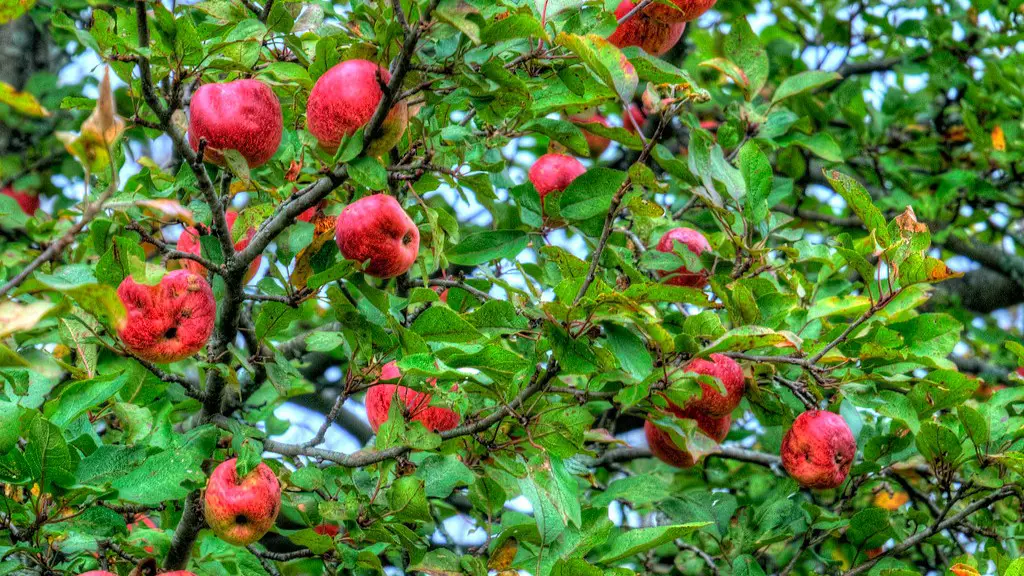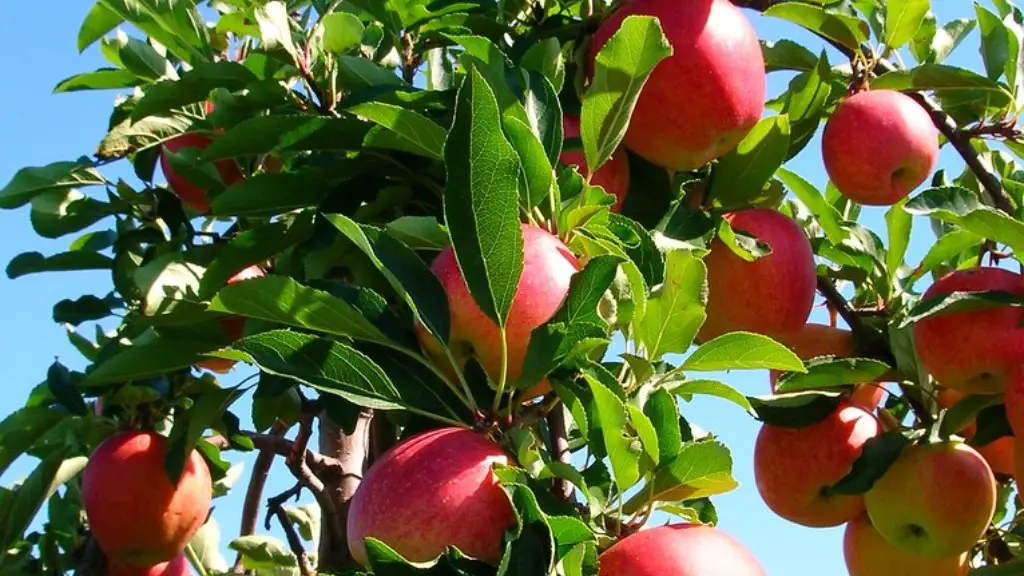How to Keep My Lemon Tree Alive in Winter: In-depth strategies for maintaining a blooming citrus tree during the winter season. Although the winter months can be a challenge for citrus trees, it is important to remember that these resilient plants can be kept alive in the winter and even thrive! By employing strategic maintenance techniques and understanding how cold weather affects citrus trees, novice gardeners and seasoned horticulturalists can keep their lemon trees healthy and produce bumper crops of fruit throughout the winter.
Optimal Planting Practices for Lemon Trees
When planting a lemon tree, it is important to take into account the species of the tree, the local climate and conditions, and the surrounding soil. Ensure the species of lemon tree is suitable for your area, as certain varieties may be better adapted to temperature extremes and require more protection in severe weather. Taking the time to prepare an optimal growing site before planting a lemon tree is key to helping it thrive. Furthermore, it is critical to utilize the right potting soil, containers, and type of fertilizer to strengthen the plant and promote healthy growth.
Adequate soil drainage and providing shade to the base of the tree are important aspects of planting lemon trees in colder climates. Applying about four inches of mulch to the soil helps to protect and slow down root-rot during times of frost. Positioning the lemon tree away from strong wind and drafts helps to avoid cold damage and reduce the risk of rubbery leaves.
Strategies to Help Lemon Trees Prepare for Winter
As winter approaches, it is important to review and reconsider the maintenance strategies for the lemon tree. Pruning and deadheading the lemon tree before winter ensures that the tree is not using its energy reserves. Pruning also promotes healthy growth and prevents disease by eliminating dead or diseased branches.
Fertilizing the tree with a balanced fertilizer abundant in nitrogen, phosphorus and potassium shortly before winter begins helps the lemon tree strengthen and prepares it for winter conditions. Applying a light layer of compost two to three times per month and ensuring the soil is consistently moist can also help the lemon tree weather cold months.
The Effects of Cold Weather on Lemon Trees
Once winter arrives, the lemon tree needs an extra layer of protection to insure it survives. Wrapping the tree with frost cloth or installing a plastic tub to surround the tree can provide additional insulation. It is also important to consider the effects of a heavy snowfall on the tree, so taking the time to brush off snow accumulation can help reduce any unnecessary exertion of energy.
In colder climates, citrus trees may go dormant to survive extreme temperatures; however, they continue to respond to daytime temperature and periods of light. Keeping temperatures during the day above freezing and providing adequate insulation during nighttime will help the tree maintain a balanced winter state.
Preventing Lemon Tree Damage from Severe Winter Weather
Winter storms can cause considerable damage to citrus trees, particularly if their root systems become exposed to the elements. Planting hardy winter perennial ground cover, such as garlic, yarrow or aster, helps to protect and insulate the root system and reduce exposure to harsh weather.
Furthermore, excessive cold tends to damage the flowers and buds of a lemon tree. To prevent this, gardeners can cover the tree with a warm blanket, such as bubble wrap, to trap heat and protect the lemon tree’s blooms during periods of cold weather.
Supplemental Heating for Winter Citrus Trees
For citrus trees planted in a much colder climate, supplemental heat may be necessary. Certain home heating units, such as space heaters and infrared lamps, can be used to help maintain a warm environment for the tree during periods of extreme cold. These heaters need to be monitored and set to make sure the temperature does not get too high. Additionally, setting up a shield, such as a solid wall, on the windward side of the tree may help protect it from the elements.
Application of Fungicides and Miticide
Fungicides and miticides should be applied during winter to protect the lemon tree from certain diseases and pests. These products should be applied consistently to keep the tree healthy and avoid potential damage that can be caused by certain organisms. It is important to be mindful of the potential hazards of these chemicals and instruct family members, neighbors and visitors not to touch the tree until the specified safety period has lapsed.
Protection of Lemon Tree Crop during Winter Months
Grading the soil around the base of the tree and keeping the trunk clear of debris can help protect the lemons from ground-dwelling pests. Placing nets around the lemon tree and tightly securing it to prevent birds and animals from eating the fruit is also advised. Additionally, gardeners can create their own compost tea to nourish their trees and help maintain a healthy immune system.
The Benefits of Intermittent Pruning for Winter Citrus Trees
Intermittent pruning of a winter citrus tree can help ensure that it receives adequate sunlight, air, and resources. Pruning also helps control the size of the tree and improves the overall aesthetics of a citrus tree’s foliage. In some areas, pruning during winter may promote blooming in spring and increase fruit production. Therefore, it is important to research the optimal growth pattern of your citrus tree and thoroughly inspect it for dead or diseased wood before pruning.
Strategies to Keep Winter Citrus Trees Hydrated
As prolonged cold can reduce a lemon tree’s water requirements, it is important to use a hygrometer to measure the humidity near the tree to ensure it has adequate moisture in the winter months. Setting up a misting system and using fabric mulch, such as burlap, helps retain moisture in the soil and prevent water evaporation. It is also important to avoid overwatering the tree and apply water only in cases of medium drought.
Advantages of Using Microclimates for Winter Citrus Trees
Creating a mini-environment or microclimate for your citrus tree by using strategic planting methods can help keep it alive and thriving even in the winter. Planting taller plants or erecting fencing or walls on the south and west sides of the tree offers protection from cold winter winds and allows the citrus tree to retain heat from the sun.
In addition, using straw and fabric mulches can help insulate the tree and reduce heat loss from the ground. Alternatively, setting up an irrigation system around the tree can help divert water from the tree if there is an unexpected frost or snow.



